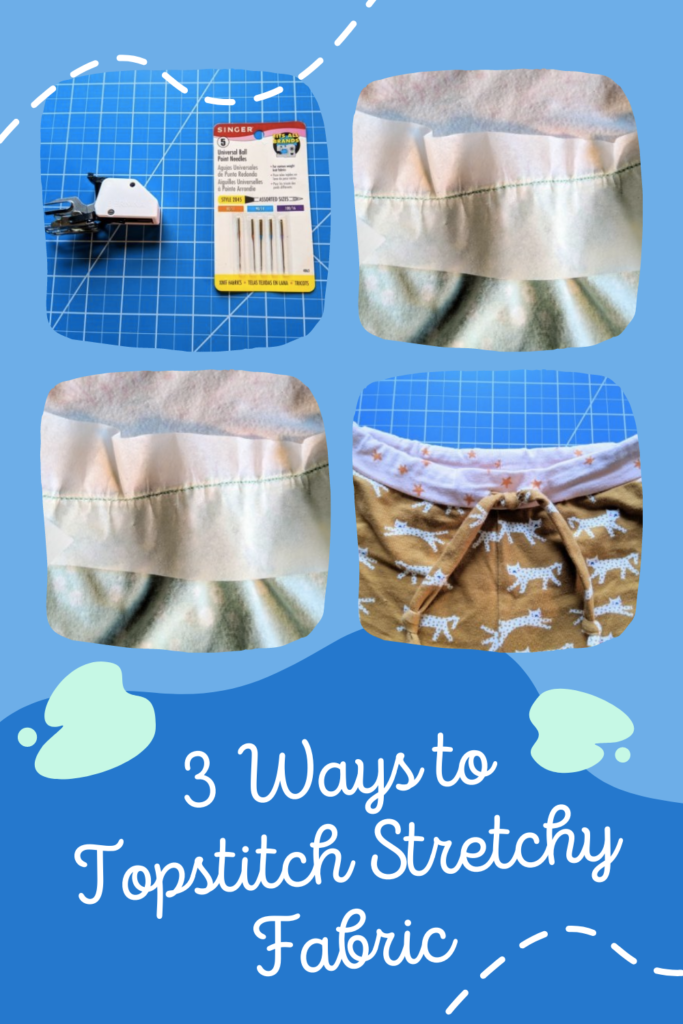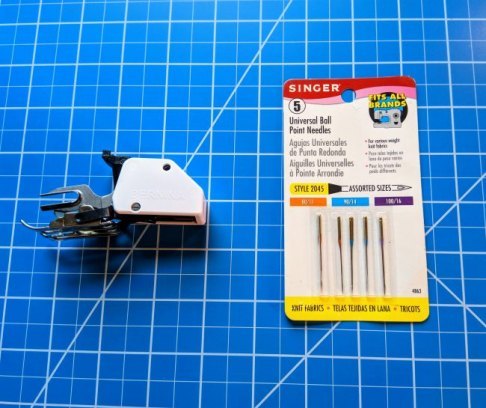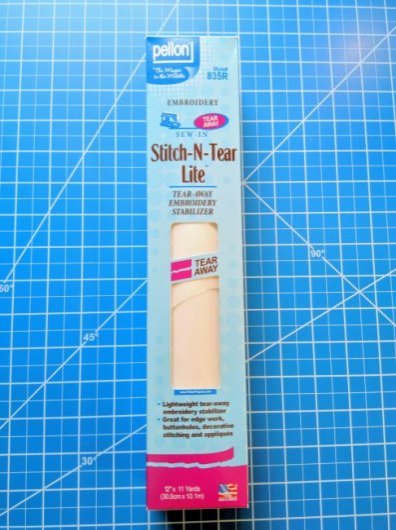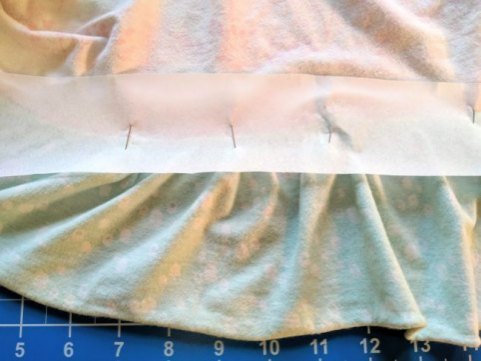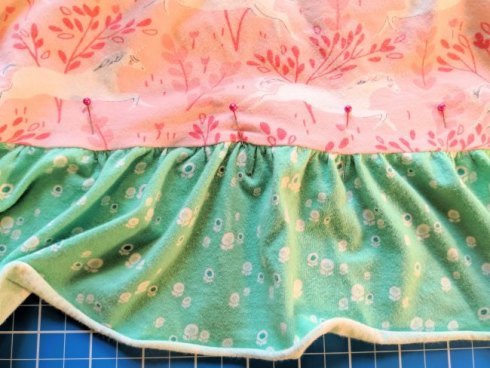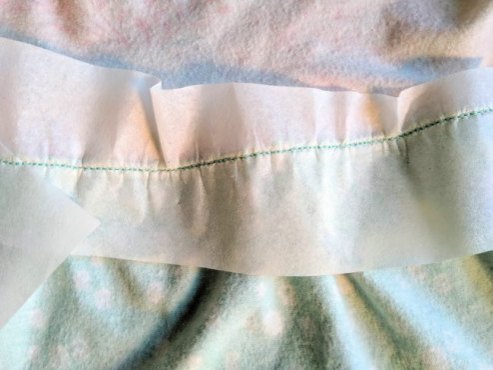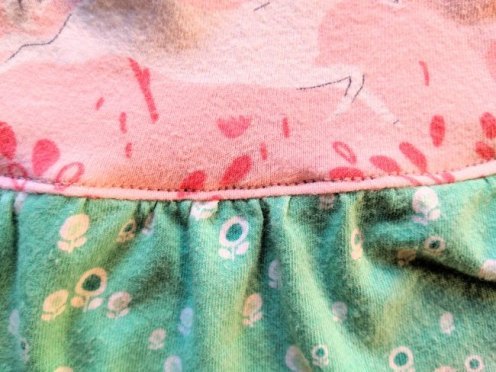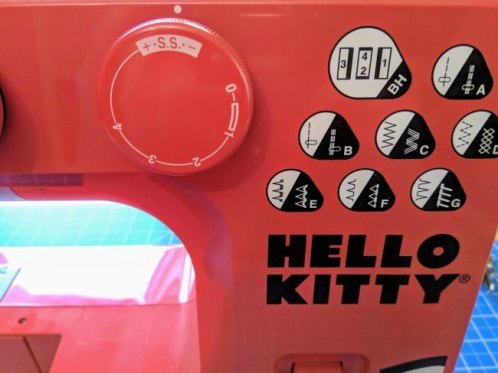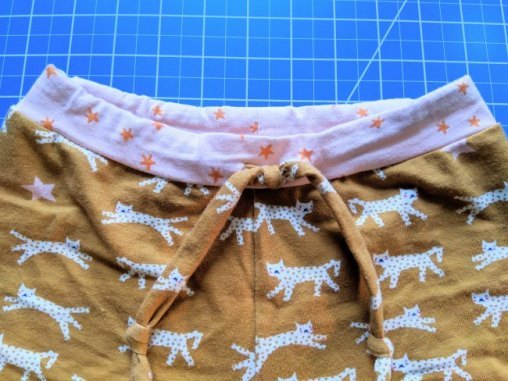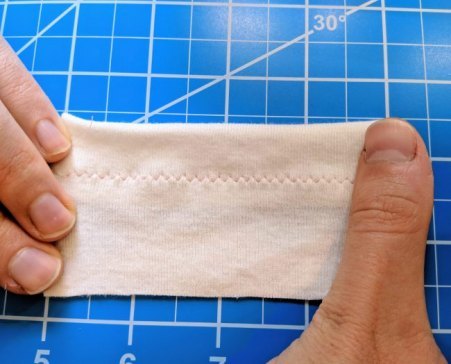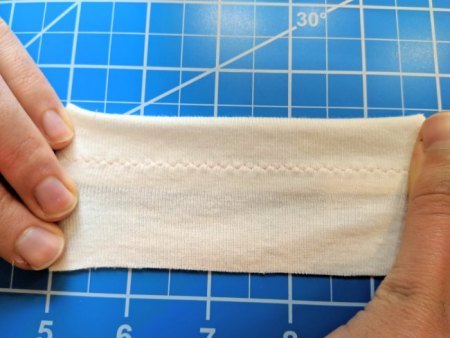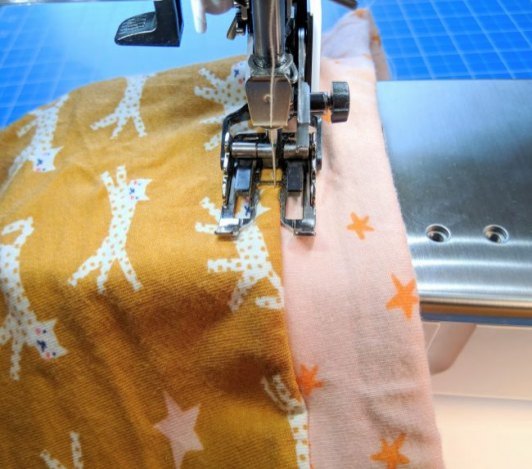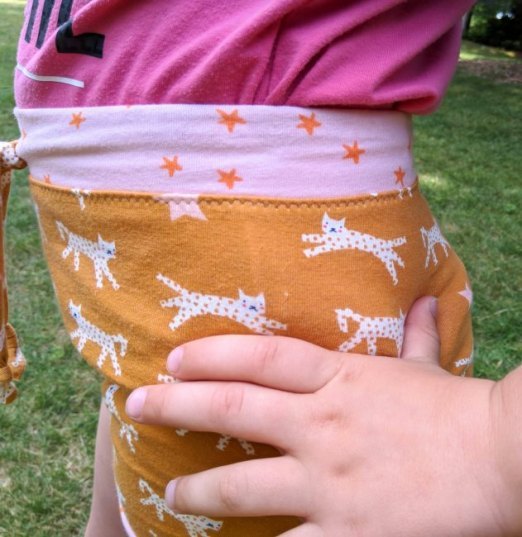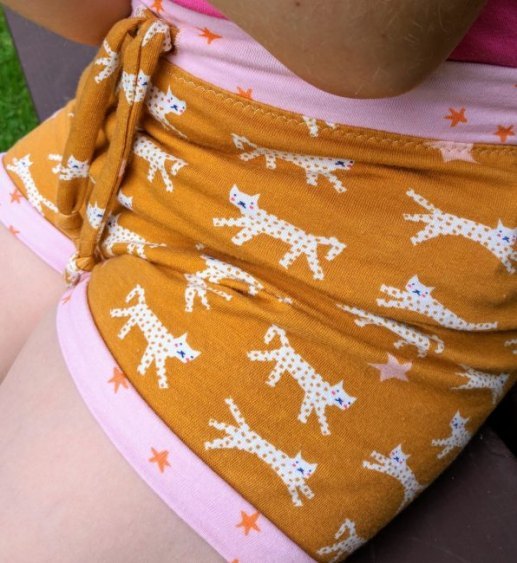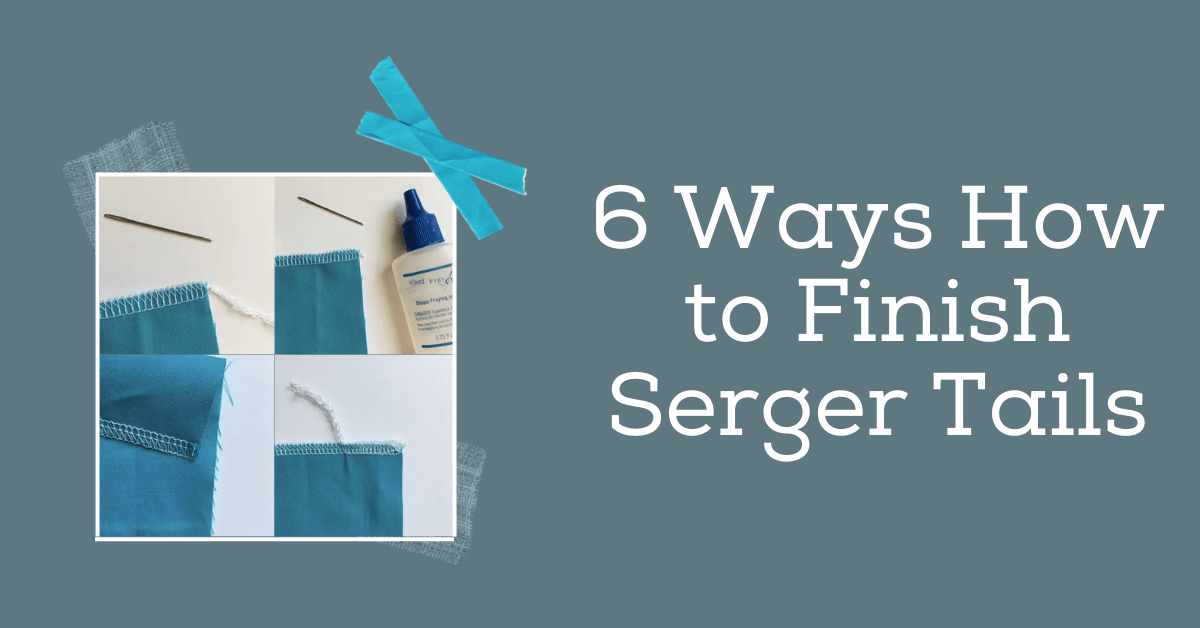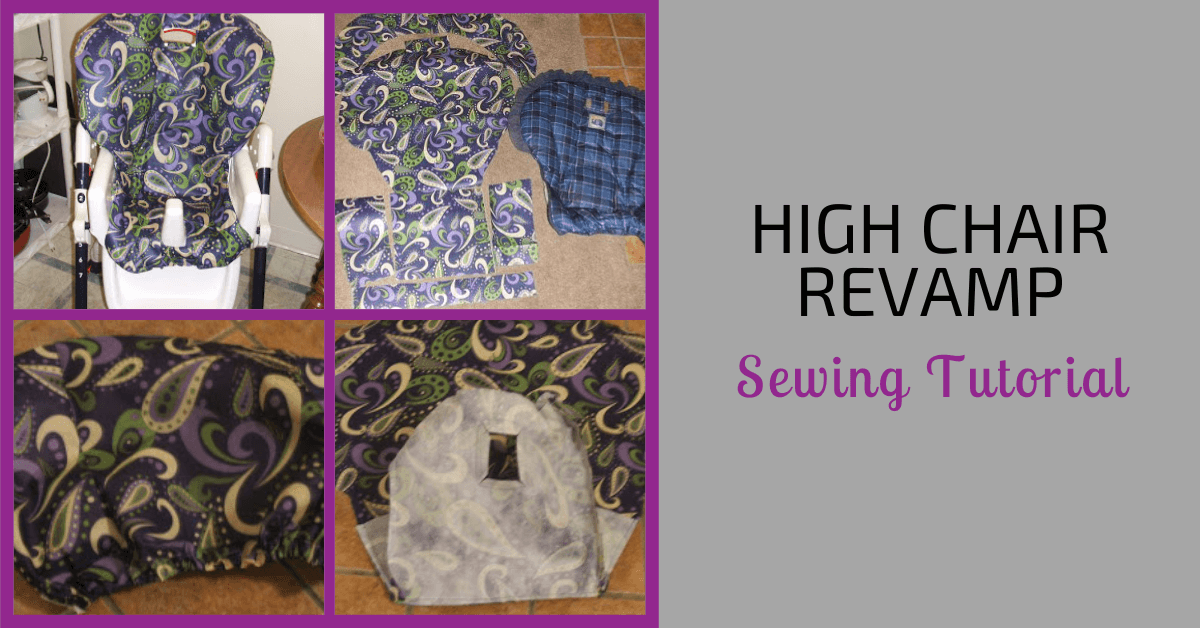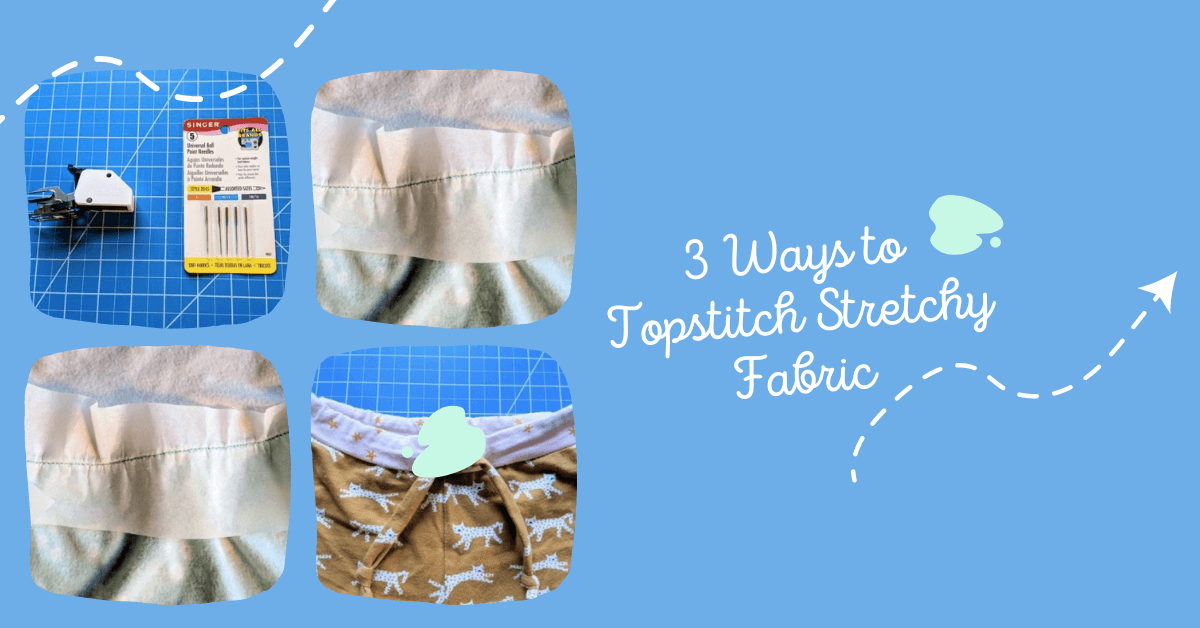
Topstitching Knits | 3 Ways to Topstitch Stretchy Fabric
Topstitching knits can be a little tricky! It's also slightly different than hemming knits. I'm going to show you 3 easy ways how to topstitch knits on a regular sewing machine.
Topstitching Knit Fabric
What is Topstitching
Topstitching is used in a variety of situations. Sometimes a pattern calls for topstitching to add a decorative element, and other times topstitching functions to tack down a seam allowance. In other words, it can be optional or necessary. Either way, it definitely adds a professional look to most garments if the stitching turns out well! However, if the fabric stretches out too much as you topstitch or if the topstitching doesn't stretch with the knit fabric, the results won't be good.
Ready-to-wear knits have topstitching done with a coverstitch machine, which give that attractive line of double stitching on the bottom of a standard store bought t-shirt. I won't get into that option here, because many people either can't afford a special machine for this purpose or simply enjoy using a regular sewing machine to topstitch. That's what I'm going to show you today. Here we go: 3 easy ways to tame the stretch when topstitching knits! As always, for your knit needs check out www.peekaboofabricshop.com.
3 ways to deal with stretchy fabrics while topstitching
1. Use a walking foot
The first way to tackle topstitching knits is to use a walking foot. This awesome foot feeds the fabric layer on the top evenly with the layer being pulled by the feed dogs. Also, always use ball point needles for knit fabric to prevent holes.
2. Stabilize
The second way you can easily deal with the stretchiness of knit fabric is to use a tear-away stabilizer. This is what I typically use when it seems like my fabric is getting sucked into the feed dogs.
I usually cut a strip a few inches longer than the entire area that I am topstitching. When the topstitching is done, simply tear away the stabilizing paper very gently.
Here is the bottom ruffle on the Dreamland Nightgown pattern. Simply pin your stabilizer to the underside of where you will be topstitching.
When doing a very large area like this, I recommend taking it slow! You will likely need more stabilizer than the circumference of a large area, because the fabric may stretch slightly as you topstitch. As long as you expect this will happen, just keep feeding additional stabilizer under the area if you run out as you sew. It's basically just paper that is easy to sew through and tears away when finished.
Ready to sew front view:
After sewing, back view:
After sewing front view:
I'm stitching with a "stretch stitch" on a standard sewing machine with that option. The setting for that looks like this, basically look for the "S.S.", which is two stitches forward and one stitch back:
And that brings me to the best way to handle topstitching knits with a standard machine...
3. Use a zig-zag stitch or another stretch stitch
As long as you can sew a zig zag stitch on your standard machine, you can topstitch knits. Using a stretch stitch is essential, because it ensures that the topstitching will stretch with the knit fabric as it's worn.
Some trial and error might be needed, so it's helpful to think about a few things here:
- who will be wearing the garment
- how form fitting the garment is
- the degree of stretch already present in the knit fabric
- where the topstitching is on the garment (in this case, at the waist)
Here is a pair of Chicka Chicka Bum Bums that I made for my 8-year-old:
I played around a bit with some rib knit fabric to see how much stretch I would get with a zig zag stitch set at 2mm long and 2.5mm wide. I got about an extra inch of stretch with that setting. *(normally you would want to experiment on the exact same fabric as your garment, but I ran out!)
This pattern is very form-fitting, so the amount of stretch needs to be adequate. When sewing something like a drapey t-shirt, sometimes a regular straight stitch works just fine, especially if the topstitching is in an area that won't receive any movement. But even with loose-fitting garments, the tear-away stabilizer definitely helps ensure that your fabric isn't being sucked into the machine.
Another neat trick for this type of situation is to topstitch directly on top of the serged seam allowance. This yields even more stretch than you would normally get without stitching on top of a serged seam.
So here I have my walking foot attached, zig-zag stitch set to 2mm length and 2.5mm width, and I'm stitching on the right side of a serged seam:
All of these things working together give the topstitching enough stretch to hold up to wear and tear.
There are more ways how to topstitch knits, such as using a double needle. These are just my top 3 favorite ways to successfully topstitch knits.
Happy sewing! If you enjoyed this tutorial, check out some others at Peekaboo Pages. Also, before you leave, make sure to join our Facebook Group. Happy Sewing!
